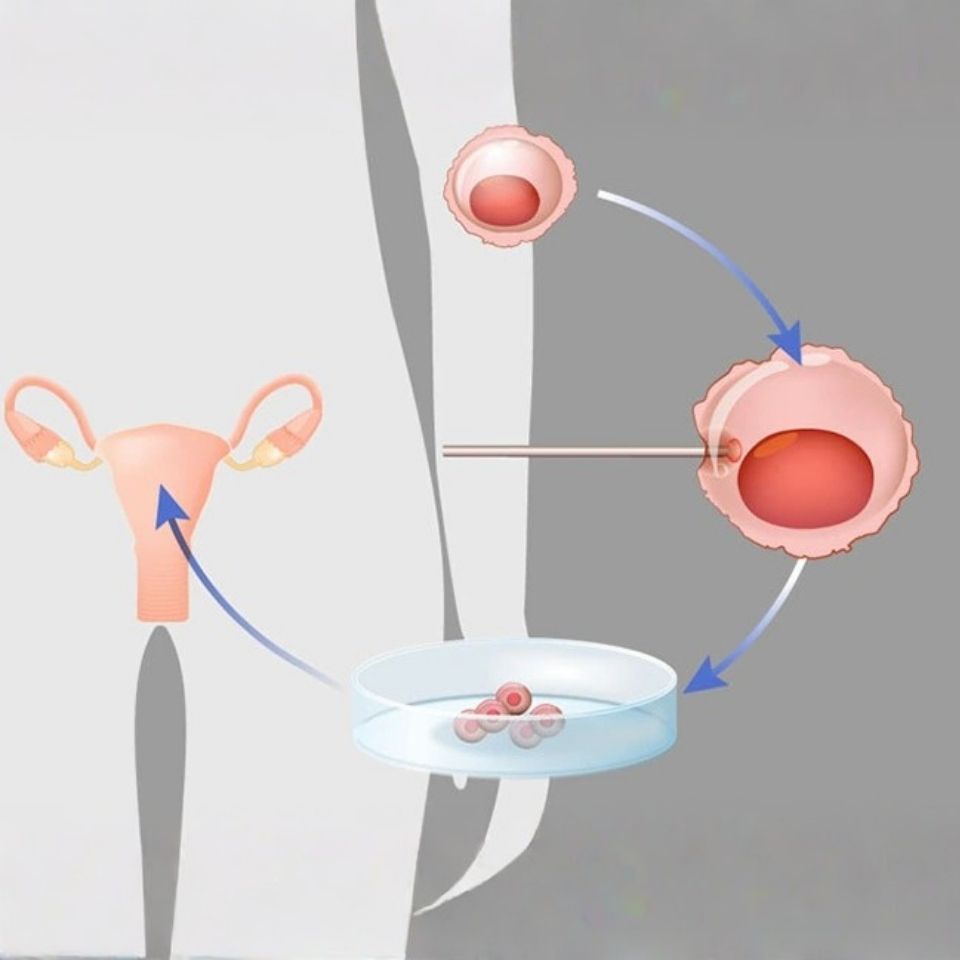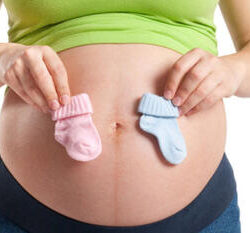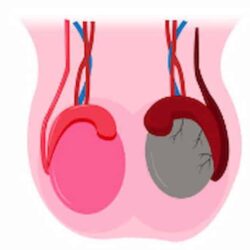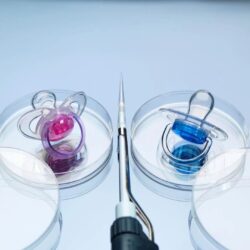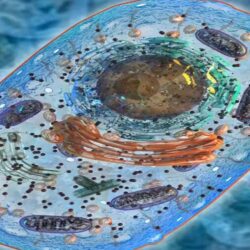Embryo Donation Stages: A Comprehensive Guide and Treatment Process
For some couples on the journey to parenthood, achieving pregnancy with their own reproductive cells may not be possible.
At this point, one of the miraculous solutions offered by modern medicine — Embryo Donation — comes into play.
So, what exactly is embryo donation, and what stages make up this hopeful treatment process?
We have examined this journey for you in detail, combining medical accuracy with an easy-to-understand approach.
What Is Embryo Donation?
Embryo donation is an assisted reproductive technique (In Vitro Fertilization – IVF) in which both the sperm and the egg are obtained from donors, fertilized in the laboratory, and the resulting embryo is transferred into the uterus of the recipient (the intended mother).
This method is particularly suitable for:
Couples in which the woman’s ovarian reserve or egg quality is poor and the male partner has infertility due to poor or absent sperm.
Single individuals who cannot use their own reproductive cells.
Couples who wish to avoid passing on genetic diseases to their child.
Who Can Benefit from Embryo Donation?
Women who, due to advanced age, can no longer produce viable eggs.
Couples with combined male and female infertility factors.
Couples who have experienced repeated IVF failures.
Women diagnosed with premature menopause or ovarian failure.
Couples who want to completely prevent the transmission of genetic disorders to their baby.
Embryo Donation Stages: Step-by-Step Treatment Process
Embryo donation treatment is a carefully planned procedure carried out by a team of specialists.
It consists of several key stages:
1. Preliminary Evaluation and Medical Tests
Before starting the treatment, the recipient’s general health and suitability for pregnancy are thoroughly assessed.
Medical Evaluation:
A gynecological examination and ultrasound are performed to assess the uterus and ovaries.Blood Tests:
Hormone levels (AMH, FSH, etc.), infectious disease screening (Hepatitis B, C, HIV), and other biochemical tests are conducted.Uterine Assessment:
The uterine lining (endometrium) is evaluated for its readiness to support pregnancy.
In some cases, additional tests such as an HSG (hysterosalpingogram) may be recommended.
2. Donor Selection
This stage is one of the most sensitive and crucial parts of the treatment.
Embryos are created by fertilizing eggs and sperm from healthy, carefully screened donors.
Donor Criteria:
Donors are healthy individuals between 20–30 years of age who have undergone comprehensive genetic testing (for conditions like thalassemia, cystic fibrosis, etc.) and infectious disease screening.Matching Process:
Donors are selected based on physical characteristics (hair color, eye color, height) and blood type to best match the recipient couple.
Donor identities are generally kept confidential.
3. Embryo Creation and Preparation of the Uterus
a) Uterine Preparation (Endometrial Thickening):
The recipient’s uterus must be prepared to receive and sustain the embryo.
The woman is given estrogen-based medication (in tablet or patch form) to help thicken the endometrial lining.
Through ultrasound monitoring, the doctor ensures that the lining reaches the ideal thickness (usually 7 mm or more).
b) Laboratory Process:
Eggs retrieved from the egg donor are fertilized with sperm from the sperm donor using the Intracytoplasmic Sperm Injection (ICSI) technique in the laboratory.
The fertilized eggs (embryos) are cultured in a controlled environment for 3 to 5 days.
The healthiest and highest-quality embryos are selected for transfer (usually on day 5, at the blastocyst stage).
4. Embryo Transfer – The Final and Most Critical Stage
Once the uterine lining is ready and the embryos have developed properly, the transfer is performed.
Procedure:
This is a quick, painless process that usually does not require anesthesia.
Under ultrasound guidance, one or two embryos are gently placed into the uterus using a thin, flexible catheter.Post-Transfer Support:
To increase the likelihood of implantation, progesterone supplements (in the form of suppositories, gels, or injections) are prescribed.
5. Pregnancy Test and Follow-Up
Pregnancy Test:
About 12–14 days after the transfer, a blood test measuring Beta-hCG determines whether pregnancy has occurred.Pregnancy Progress:
If the result is positive, the pregnancy continues just like any natural pregnancy.
Medically, pregnancies achieved through embryo donation are no different from conventional pregnancies.
Frequently Asked Questions (FAQ)
| Question | Answer |
|---|---|
| What is the success rate of embryo donation? | Since embryos are created using eggs and sperm from young, healthy donors, success rates are generally high — around 60% to 75%, depending on the clinic and the condition of the recipient’s uterus. |
| Will the baby be genetically related to us? | No. Because both the egg and sperm come from donors, there is no genetic connection between the baby and the intended parents. This process can be seen as a form of “early adoption,” although the pregnancy is carried by the recipient mother. |
| Is the procedure painful? | No. The embryo transfer is typically painless, does not require anesthesia, and is very comfortable for the patient. |

